Car fault lights are very dangerous, you must pay attention!
Do you understand the symbols on the dashboard? Want to know what these symbols mean?
You must pay attention when some lights are on!
1. “Aladdin’s magic lamp” – oil pressure fault light
When this light is on, it indicates that the oil pressure is insufficient. Except for the failure of the pressure sensor, most of the oil is insufficient. This light does not illuminate when the oil level has just reached the lower limit. If it is lit, it means that the oil is missing a lot. Continued driving can result in insufficient engine lubrication and severe wear. This failure may be caused by serious burning oil, oil leakage, and other factors.
At this time, stop as soon as possible, check the oil level gauge, and add the same type of engine oil of the same brand. Different brands and models of different oil components may deteriorate due to the deterioration of the lubricating oil. Therefore, if there is no oil of the same brand, the new oil should be replaced as soon as possible after mixing.
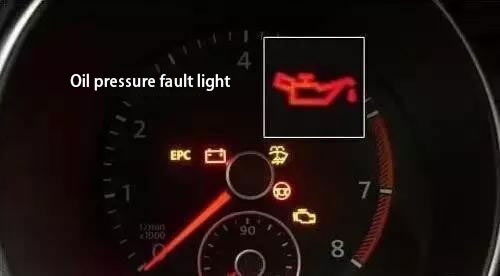
2. “thermometer” – water temperature warning light
The red “thermometer” warning light illuminates, indicating that the engine water temperature is too high, and continuing to drive will cause damage to the cylinder. At this point, stop at idle and let the water temperature drop. Be careful not to turn off the fire immediately.
Some models also have a blue “thermometer” indicator light, which means that the water temperature is too low, which is usually displayed when the car is cold. As the engine running time increases, the water temperature rises and the light goes out, which is normal.
On many new models, the indicator light with too high water temperature has been removed and replaced with a more accurate range meter. The normal water temperature of most models is in the middle of the water temperature range. Once in the red zone, the water temperature is too high.
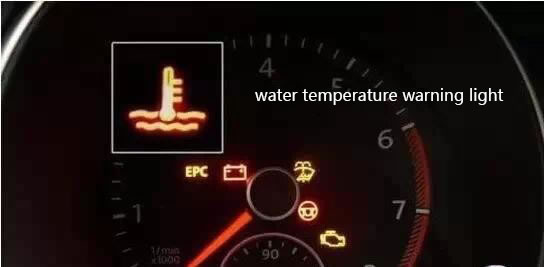
3. “irregular squares” – engine fault lights
The engine fault light is yellow. When the vehicle is turned on (the engine is not turned on), the indicator lights up when the vehicle performs a self-test, and the indicator light turns off when the engine is started.
This indicator lights up after starting the engine or while driving, indicating a faulty engine. Stop as soon as possible and contact the 4S shop or repair vendor.
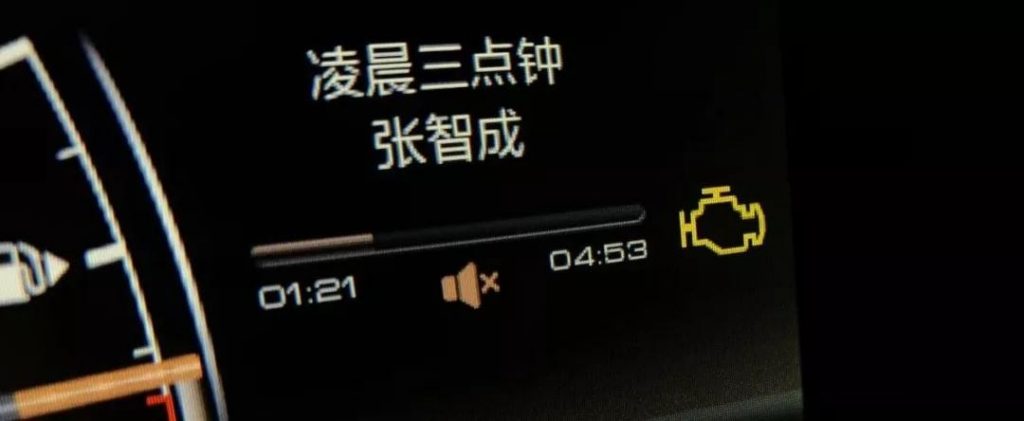
4. “circular exclamation mark” – brake system fault light
If the brake system fault light is on, first confirm that the hand brake is completely released. If the release handbrake is still lit, check if the brake fluid level is normal or if the brake pads are too thin.
If the braking force is not weakened at this time, you can drive carefully and go to the nearest repair shop for repair as soon as possible.
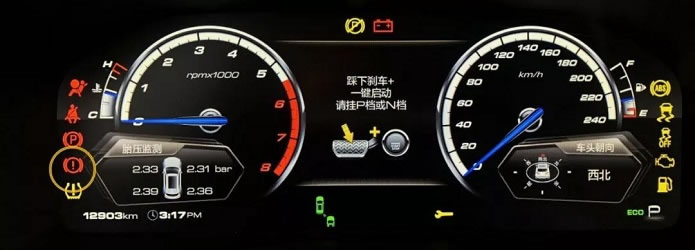
5. “double round standard” – steering power warning light
At this point, the steering assist may be weakened or completely disappeared. At any time during driving, there may be situations where the assist suddenly disappears, or sometimes there is no time. The steering wheel may suddenly sink and is very dangerous.
This fault cannot be checked or repaired by yourself and needs to be repaired at a professional service station. The owner can drive at a low speed to the nearest repair station or wait for rescue.

6. The door / front cover is not closed warning light
The door/front cover is not fully closed and the indicator light is on. Please check the door/front cover immediately.
It is very dangerous to have the door/front cover not completely closed during driving, and it may suddenly open at any time and cause a major accident. Generally, when the light is on, the vehicle will hear a continuous alarm sound.
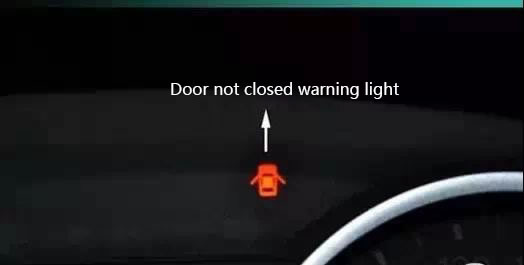
7. “bracket exclamation mark” – tire pressure warning light
Under normal circumstances, the indicator light is off. When it is lit, there may be insufficient tire pressure or damage. You should immediately get off the bus to check if the tire is normal or if it is tied, it will cause air leakage. If you continue to drive regardless of your continued driving, you may be at risk of puncture at any time, so please pay attention to the owner.
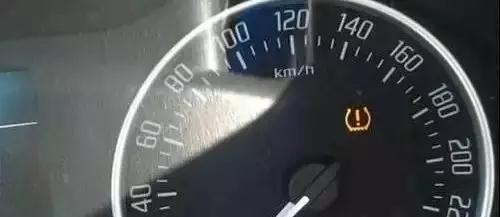
8. “square battery” – battery uncharged warning light
If the indicator is always on after the engine is started, it is reminding you that there is a problem with the battery charging. Check it right away.
Prior to this, the headlights (lights can be used at night), audio, air conditioning, and other electrical equipment should be turned off as much as possible. When the fault light is on, the vehicle cannot travel long distances. At this time, the engine is likely to consume the power in the battery, and the vehicle cannot run after the vehicle is exhausted.

9. ABS indicator
The ABS indicator is used to display the working status of the vehicle ABS system, and its color is mainly yellow. Turn the key and the indicator will light when the vehicle performs a self-test. The indicator will automatically turn off when the engine is started.
If the indicator light does not light when the car is self-checking, or the indicator light is always on after starting the engine, it indicates that there may be a fault in the ABS system, and it should be checked and repaired as soon as possible.
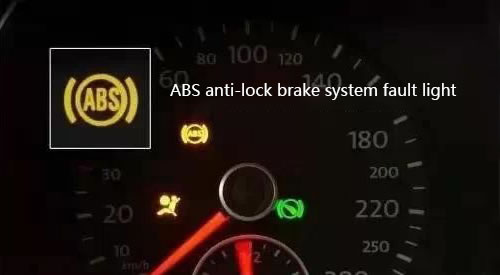
10. Electronic body stability system indicator
This indicator is for the display of the electronic body stabilization system and is usually yellow in color. In the normal state, the indicator is off.
When the indicator light is always on, it may be that the electronic body stabilization system has been turned off, usually due to the owner’s misoperation (inadvertently touching the button).
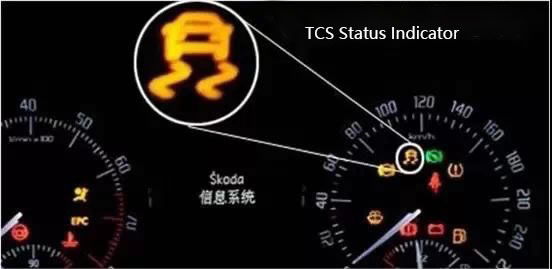




Leave A Comment
You must be logged in to post a comment.